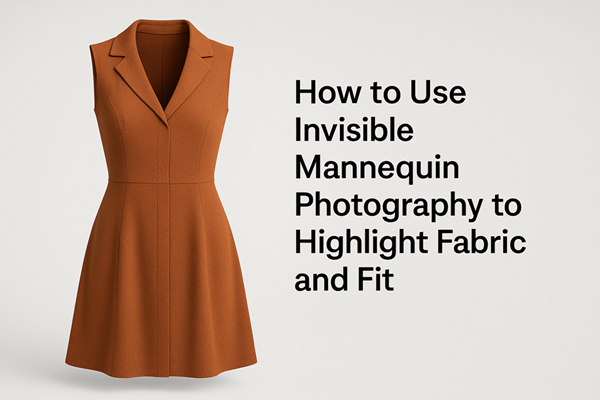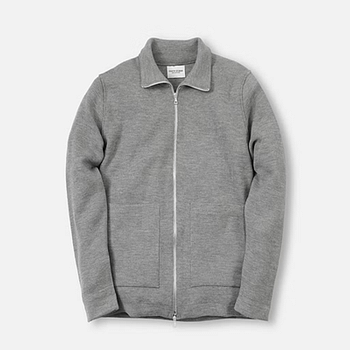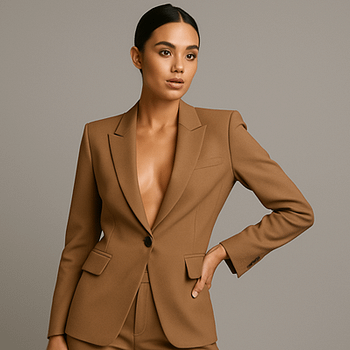How to Use Invisible Mannequin Photography to Highlight Fabric and Fit
When it comes to selling clothing online, your product images can make or break a sale. Customers can’t touch or try on the item, so your photos need to do all the talking, and that’s where invisible mannequin photography truly shines.
Also known as “ghost mannequin photography”, this clever technique removes the mannequin from the final image, allowing your garments to appear as if they are being worn, without any distractions. It creates a clean, 3D look that shows off the true structure, fabric quality and fit of your clothing, perfect for fashion brands, retailers and studio photographers alike.
Below, we explain how to use invisible mannequin photography to bring out the best in your garments.
1. Choose the right garment
Invisible mannequin photography works particularly well for structured pieces; think jackets, shirts, dresses, or anything with defined seams and shape. These items benefit from the 3D effect the technique offers, making it easier to show how the clothing will hang on a real body.
Items like loose knitwear or extremely lightweight fabrics may need extra styling or internal support to achieve the same polished effect.
2. Use a mannequin that matches the human form
To highlight the garment’s fit accurately, it’s important to start with a mannequin that reflects a natural body shape. Male and female mannequins in standard sizes are ideal. Avoid mannequins with exaggerated features or overly stylised poses; the goal is to make the product the focus, not the form.
If you’re photographing tops or dresses, make sure the mannequin has removable arms or neck sections. These can later be edited out to complete the invisible effect.
3. Style the garment carefully
Every crease, bulge, or misplaced seam will show up in high-resolution photography, so attention to detail matters. Use clips or pins at the back to tighten the garment, giving it a form-fitting look, while making sure the front remains smooth and natural.
Steam the item beforehand and inspect it under good lighting for lint or loose threads.
4. Light it right to show off fabric quality
One of the main advantages of invisible mannequin photography is its ability to bring texture and fabric to life if lit correctly. Use softbox lighting or diffused natural light to reduce harsh shadows and highlight the garment’s natural drape and detail.
Try lighting the garment from multiple angles to ensure stitches, textures and finishes (like satin sheens or knitted weaves) are clearly visible. Fabric should look realistic and tactile, almost like the customer could reach out and feel it.
5. Capture all the angles
Don’t limit yourself to just a front shot, a professional fashion photography studio will always capture a range of angles to fully showcase the garment. Showcase the garment from the front, side and back, and include close-ups of any key features, such as intricate stitching, fabric texture, buttons, collars, or cuffs.
Including these detailed views gives potential buyers a better understanding of the garment’s fit and craftsmanship, two key factors that help build trust and drive conversions.
6. Edit with precision to achieve the invisible look
The editing stage is where the magic happens. Using software like Photoshop, you’ll combine two images: one with the garment on the mannequin and another showing any parts of the clothing (such as the inner neckline or back collar) that were previously obscured.
By carefully layering and masking the images, you can remove the mannequin and leave a realistic, floating representation of the garment. The result? A polished, consistent and highly professional image that puts the garment centre stage.
If editing isn’t your strong suit, consider outsourcing this part to a professional studio or retoucher; the results are well worth it.
Final thoughts
Invisible mannequin photography is more than just a clean aesthetic; it’s a powerful tool for fashion retailers who want to showcase their products with clarity, consistency and professionalism. When done properly, it highlights the very things your customers care about most: how the item fits, how it flows, and how it feels.
Whether you’re running a fashion e-commerce site or producing catalogue images for clients, investing in this technique can help you reduce returns, boost conversions, and create a seamless online shopping experience.




